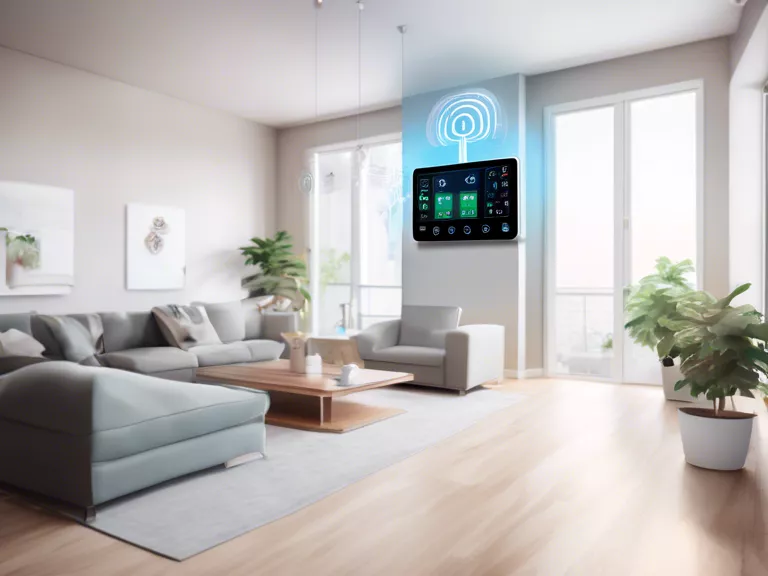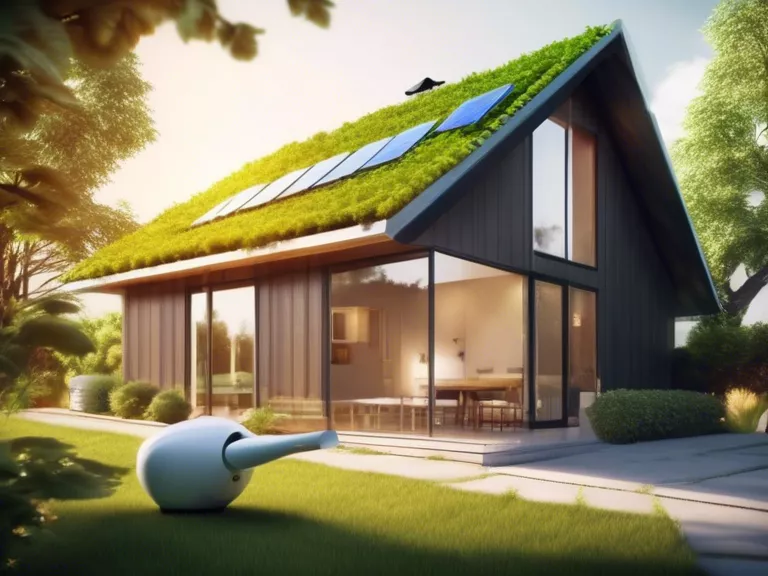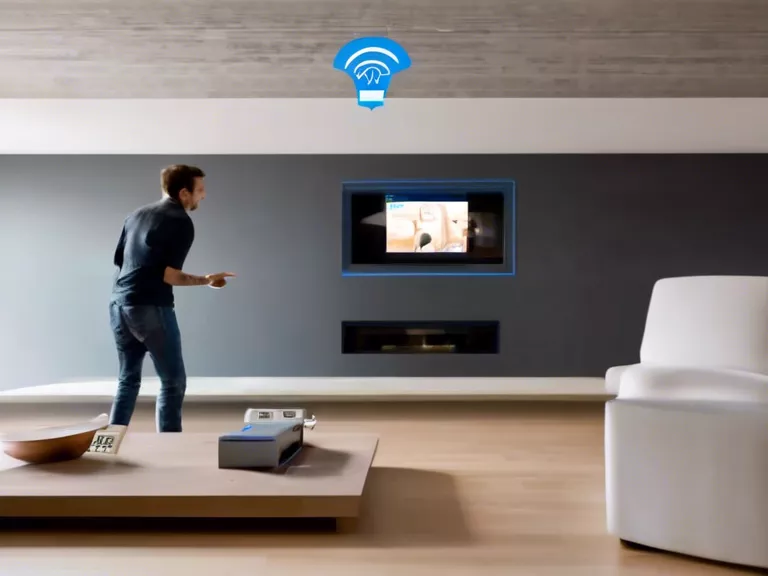
With the growing concern for air quality in urban environments, smart air quality monitors are becoming more advanced and adaptable to provide accurate and real-time data. These devices are incorporating innovative technologies to not only measure pollutants but also analyze trends and forecast future air quality conditions. This article will explore how smart air quality monitors are adapting to urban environments to help us breathe easier.
One way smart air quality monitors are adapting is by utilizing machine learning algorithms to analyze data and provide personalized recommendations. By gathering information on airflow patterns, traffic congestion, and weather conditions, these monitors can predict when air quality will worsen and suggest actions to minimize exposure. This proactive approach can help individuals make informed decisions to protect their health.
Furthermore, smart air quality monitors are becoming more interconnected with other smart devices in the home and city infrastructure. By integrating with smart thermostats, air purifiers, and even traffic management systems, these monitors can trigger automated actions to improve air quality in real-time. For example, if a monitor detects high levels of pollutants, it can signal an air purifier to increase filtration or prompt a city to adjust traffic flow to reduce emissions.
Another trend in smart air quality monitors is their portability and affordability, making them accessible to a wider range of users. With compact designs and wireless connectivity, these monitors can be easily moved around different locations to provide localized air quality data. This versatility allows individuals to monitor air quality in their homes, workplaces, and outdoor spaces, empowering them to make healthier choices throughout the day.
In conclusion, smart air quality monitors are evolving to address the specific challenges of urban environments and provide actionable insights to improve air quality. By leveraging advanced technologies, interconnected systems, and user-friendly designs, these monitors are playing a crucial role in creating healthier and more sustainable cities for the future.



